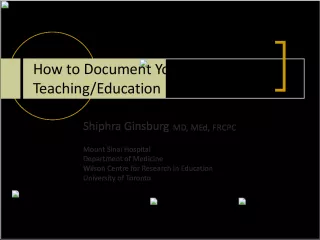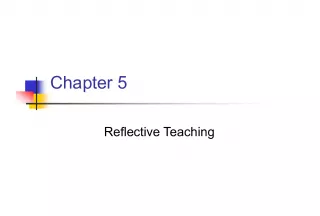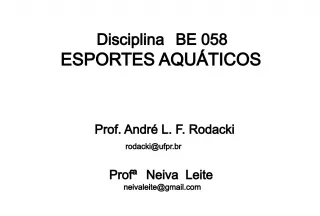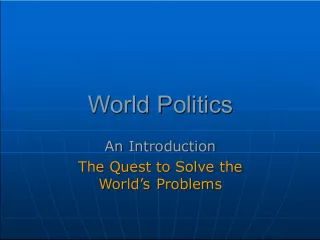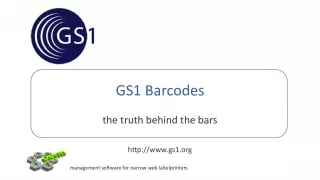Teaching Global Issues through Language Arts


Andrea Scaturo, a language arts teacher at West Windsor Plainsboro High School South, discusses using language arts to teach about international education issues. Scaturo is a part of the New Jersey Regional International Education Discussion and Awareness Forums.
- Uploaded on | 12 Views
-
 maleah
maleah
About Teaching Global Issues through Language Arts
PowerPoint presentation about 'Teaching Global Issues through Language Arts'. This presentation describes the topic on Andrea Scaturo, a language arts teacher at West Windsor Plainsboro High School South, discusses using language arts to teach about international education issues. Scaturo is a part of the New Jersey Regional International Education Discussion and Awareness Forums.. The key topics included in this slideshow are Language Arts, International Education, Teaching, Global Issues, Awareness Forums The Symbolic A-Bomb Dome ,. Download this presentation absolutely free.
Presentation Transcript
1. Using Language Arts to teach about Issues in International Education Presented by: Andrea Scaturo, Teacher of Language Arts West Windsor Plainsboro High School South ScaturoWWP@aol.com New Jersey Regional International Education Discussion and Awareness Forums
5. The A-bomb Dome When the atomic bomb exploded, it ravaged the building instantly. Heat blazing from above consumed the entire building, killing everyone in it. Because the blast attacked the building from virtually straight overhead, some walls escaped total collapse. Along with the wire framework of the dome, these form the shape that has become a symbol, known as the "A-bomb Dome."
6. Fierce heat rays and radiation burst out in every direction, expanding the air around the fireball and creating a super-high pressure blast. These three factors interacted in complex ways to inflict tremendous damage. The damage inflicted by the atomic bomb was characterized by instant and massive destruction, indiscriminate mass slaughter, and radiation. Radiation damage led to decades of human suffering.
7. Photograph, School Badge, Company Badge, Sheet of Tickets, Work Pants Chugoku Regional Military Headquarters Kimiko Nishimaru (then 15), a third-year student at Hijiyama Girls High School, was exposed while mobilized to do telegraph work. Burned over her entire body, she managed to make it home to Ushita-machi, where she received care from her parents but died on the 10 th .
8. Tricycle 1,500m from the hypocenter Shinichi Tetsutani (then 3 years and 11 months old) was exposed while riding his tricycle in front of his house and died the same day. Because Shinichis father felt that laying a 3-year-old alone in a distant grave was too pitiful, he buried this tricycle in the back yard along with his son. In the summer of 1985, 40 years later, his bones were dug up and placed in a formal grave.
9. A Schoolgirl with Burns Photographed at Hiroshima Red Cross Hospital, Aug 10, 1945 It is estimated that approximately 50% of those exposed 1.2 kilometers of the hypocenter died on the 6 th , and 80 to 100% of those close to the hypocenter died. The likelihood of death for those who escaped initially varied according to their proximity to the hypocenter.
10. A Man With Burns Over His Entire Body Photographed at the Army Transport Quarantine Station on Ninoshima Island, Aug 7, 1945 This man was exposed within 1 kilometer of the hypocenter. Only the area covered by his waist band escaped burns.
11. November 13, 1945, Photo by US Army Keloids appeared on her face, back, and the joints of her arms and legs. Keloids hindered the movement of joints and caused tremendous physical and psychological suffering.
12. Nails and Skin Left by a Junior High Student 600m from the hypocenter Noriaki Teshima, a first-year student at Second Hiroshima Prefectural Junior High School, was exposed while engaged in building demolition. Burned so severely that skin hung loose from his whole body, he was rescued and taken home by a friend. Unable to bear his thirst, he reportedly sucked the pus from the ends of his fingers, from which the nails had peeled off. He died in agony on the next day.
13. Kimono Pattern Burned into Skin Photographed at Ujina Branch of Hiroshima First Army Hospital Aug 15, 1945 The heat rays burned the dark parts of the kimono pattern into this womans skin.
14. Shadow of a Soldier and Ladder on a Wooden Wall 4,400m from the hypocenter, early Sept 1945 A soldier was directly exposed to the heat rays as he descended from the roof. The coal tar melted off where it was exposed, but remained its original black where it was in the shadows of the soldier and ladder.
15. Protesting Nuclear Weapons Testing Letters of protest displayed in the East Building of the Peace memorial Museum. They are permanently affixed to the walls of the A-bomb Dome replica.
16. Other Works to Use: Full Length Texts: Angelas Ashes , Frank McCourt (poverty) Antigone , Sophocles (non-traditional gender roles) First They Killed My Father , Loung Ung (genocide) Frankenstein , Mary Shelley (cloning) Great Expectations , Charles Dickens (labor laws) Heart of Darkness , Joseph Conrad (colonialism) Julius Caesar , Shakespeare (Hitler, genocide) Merchant of Venice , Shakespeare (prejudice) Much Ado About Nothing , Shakespeare (non-traditional gender roles) The Odyssey , Homer (non-traditional gender roles) Of Mice and Men , John Steinbeck (environmental issues, euthanasia) Oliver Twist , Charles Dickens, (prejudice) Things Fall Apart , Chinua Achebe (colonialization, euthanasia) To Kill a Mockingbird , Harper Lee (prejudice) Shorter Works: Shooting an Elephant, George Orwell (societal pressures) Harrison Bergeron, Kurt Vonnegut (cloning, equality)
17. Resources: Hiroshima by John Hersey NY Times Articles from http://www.freerepublic.com The Official Homepage of Hiroshima Peace Memorial Museum http://www.pcf.city.hiroshima.jp/ The Spirit of Hiroshima: An Introduction to the Atomic Bomb Tragedy by the Hiroshima Peace Memorial Museum









